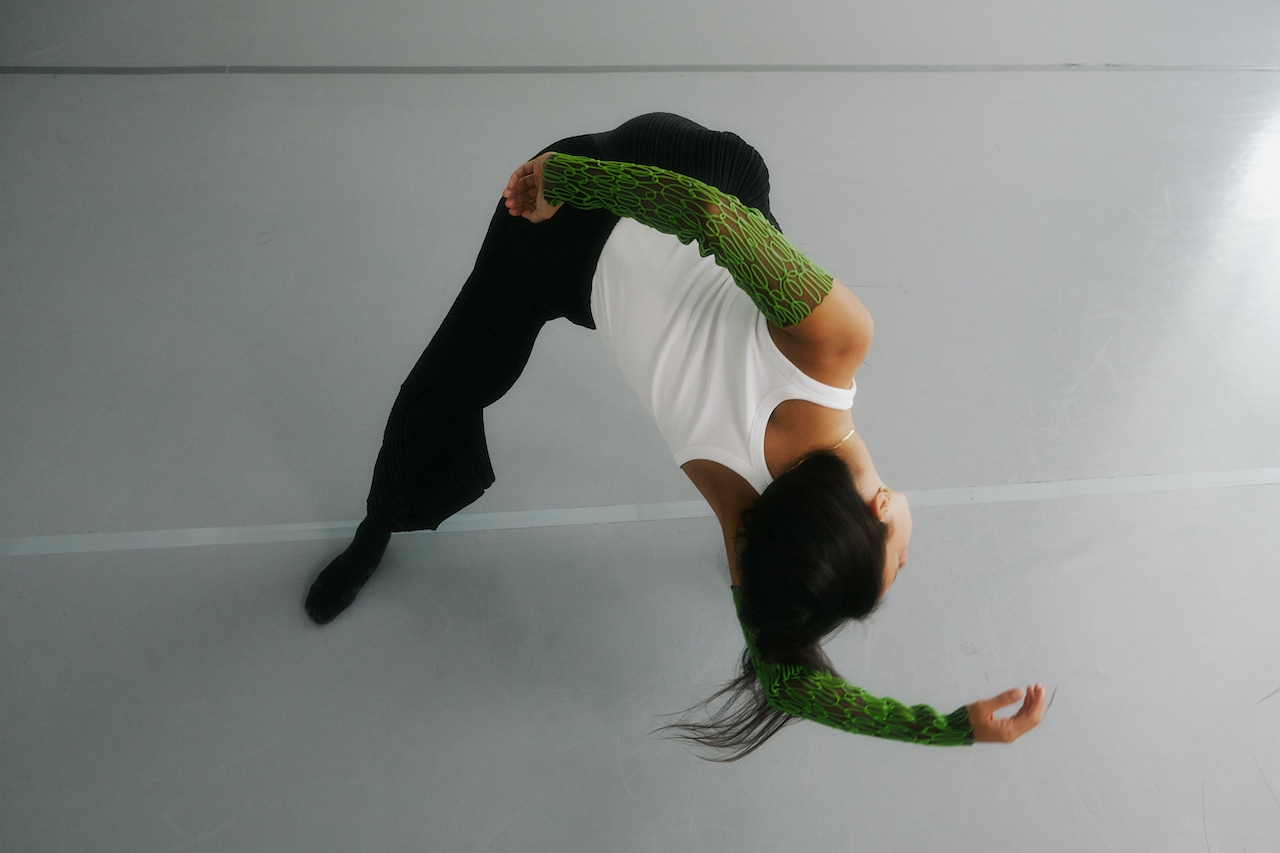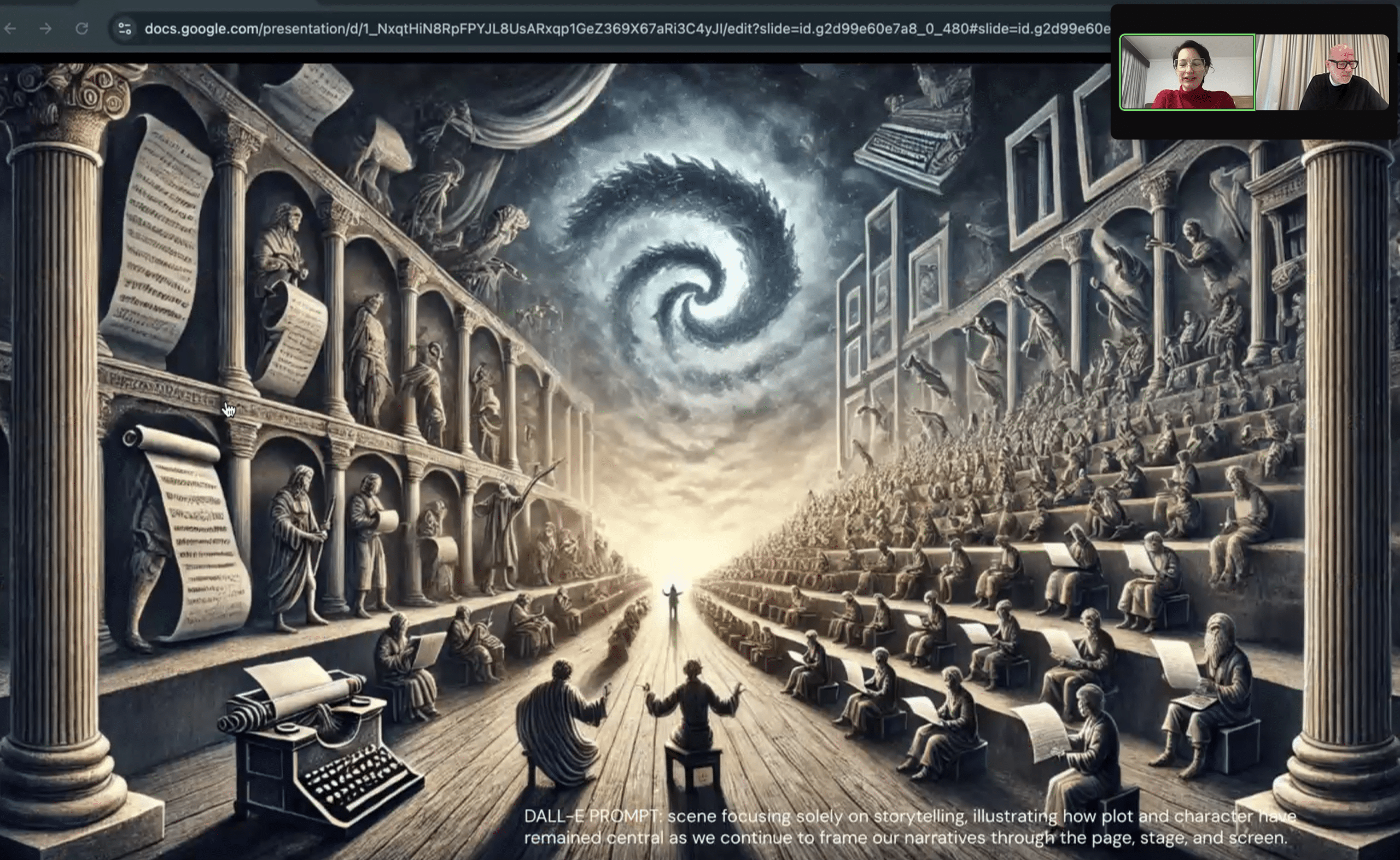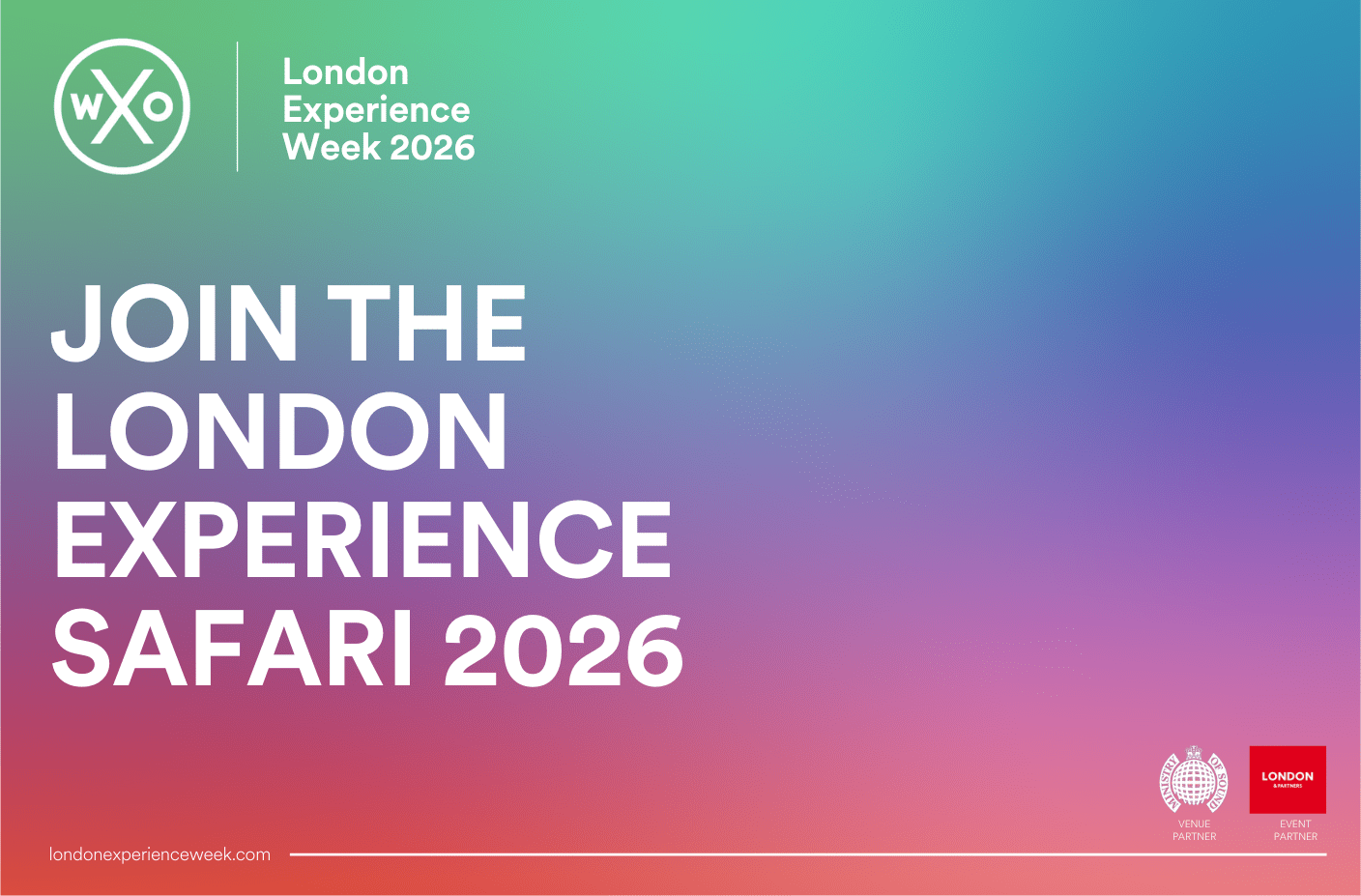When you hear the word glimmer, where does it take you?
A glimmer of hope. A glimmer of light. The sky glimmering with stars…
Through the lens of Polyvagal Theory, which relates to the role of the vagus nerve in emotion regulation, social connection and fear response, “glimmers” are micro-moments of regulation that foster feelings of well-being.
Glimmers don’t neutralise triggers, minimise your distress, or disavow the ways you are suffering. Instead, they’re a reminder that the nervous system is exquisitely able to hold both dysregulation and regulation. Your days can be filled with difficulty, and you can also feel a spark of safety, regulation, and connection.
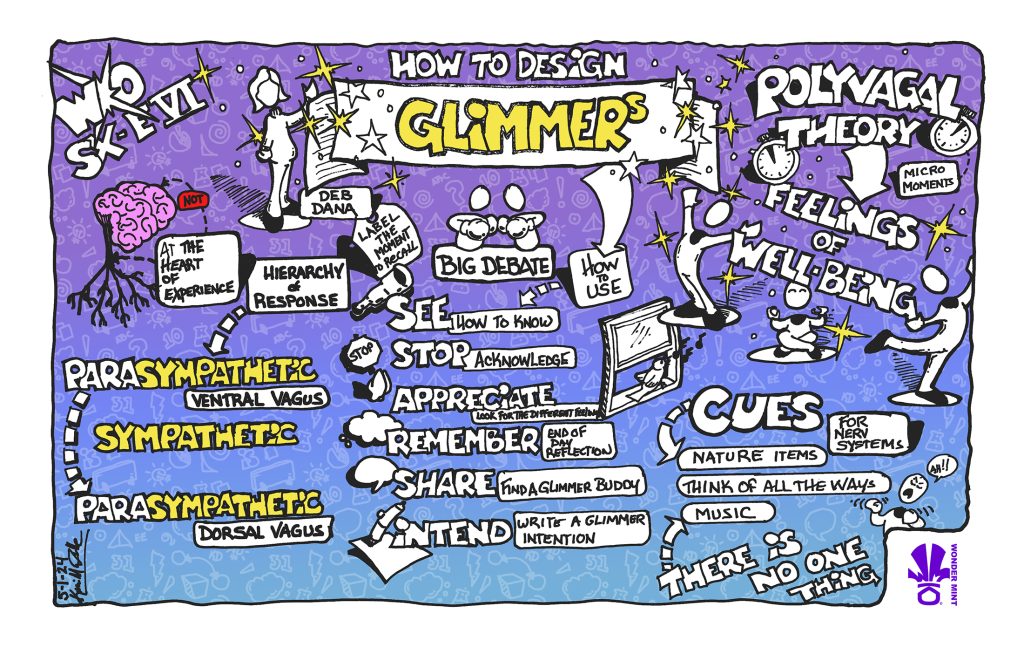
Science tells us that a regulated nervous system is fundamental to create individual, communal, and global wellbeing. So we invited clinician and consultant Deb Dana, author of Anchored: How to Befriend Your Nervous System Using Polyvagal Theory, to explore the power of these small moments to resource regulation.
As well as learning the steps to build a personal glimmer practice, in this report you’ll also discover how these naturally occurring moments accumulate and shape our biology – and find out how you might intentionally use glimmers to write new stories of safety and connection in your experiences.
The Stories We Tell Start In The Body
The autonomic nervous system is at the heart of our lived experience: it’s where it all begins. The brain takes information coming up from neural pathways and makes up a story that makes some sort of sense based on this information.
“Humans are storytelling beings. We get pulled into the story and forget it began somewhere other than the brain.” – Deb Dana
Therefore we’re always being guided by the nervous system, whether through implicit or explicit experience. And not only our own: we’re constantly engaging with other people’s nervous systems, including those we design experiences for. Polyvagal theory can provide a roadmap for these pathways to help us better understand where our stories come from.
The Three Organising Principles Of Polyvagal Theory
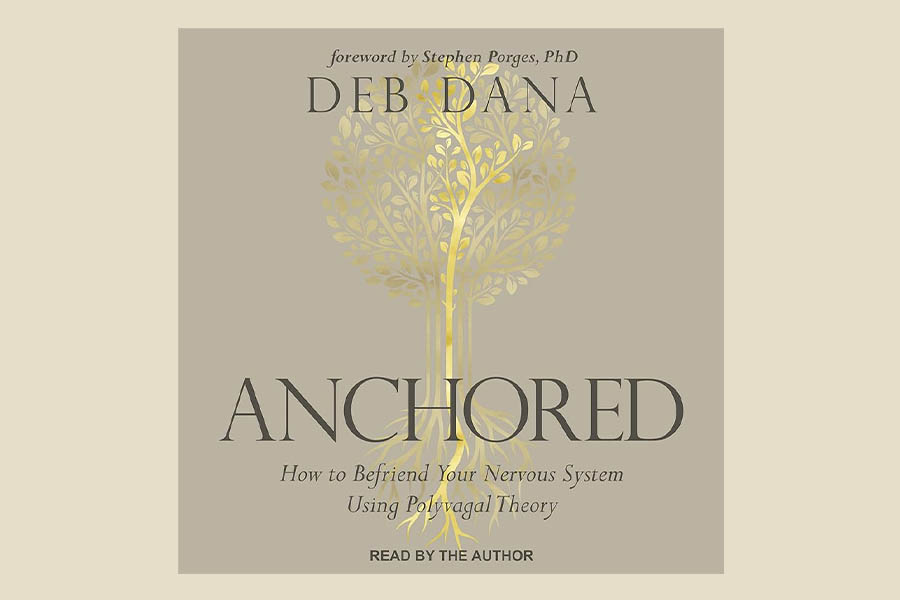
Dana outlines three states that polyvagal theory tracks.
- Neuroception: the word was coined by Stephen Porges to describe the way the autonomic nervous system takes in information without involving the thinking parts of the brain. In other words, it relates to everything we detect without awareness.
Neuroception responds to cues of safety and danger through three pathways: inside the body, outside in the environment, and between people. It is always trying to answer the question of whether we’re safe or not. If you get cues of safety, you go to the top of the Hierarchy of Responses below. But if cues of danger outweigh these, you’ll go to the sympathetic nervous system and then dorsal disconnect.
- Hierarchy of Response: this is how the nervous system responds to what we’ve detected through three predictable pathways of awareness:
Parasympathetic Nervous System / Ventral Vagus: the newest part of our nervous system related to safety and connection, which brings wellbeing, safety, curiosity, and compassion.
Sympathetic Nervous System: the next newest part of our nervous system, related to fight or flight, anger and anxiety. This is activated when we feel overwhelmed by accumulative danger.
Parasympathetic Nervous System / Dorsal Vagus: the oldest part of our nervous system, related to disconnection and collapse. This is a shutdown response triggered when our fight or flight response isn’t sufficient, designed to protect us.
- Co-regulation: this is a biological imperative – we need it to survive. When we’re born, we don’t survive without help from other mammals. And until the day we die, the nervous system is longing for connection with other humans. Without it, we can survive, but not thrive.
“Every heart sings a song, incomplete, until another heart whispers back.” – Plato
These three parts work in this specific order. To get back to the ventral vagus and feelings of safety and connection from the dorsal vagus, we have to first travel back through the sympathetic nervous system. Whichever state you’re in links to different thoughts and beliefs, and determines how you move through the world.
“Where am I, and where might I be heading next?” – Deb Dana
The Difference Between Triggers & Glimmers
“Clients come to me because of their triggers, not their glimmers.” – Deb Dana
These are the terms we use to differentiate between cues of danger and cues of safety.
Triggers take us out of regulation into a survival strategy and the accompanying survival story – for example, “the world is unfair”, or “I’m incapable of making my way through the world”. We keep creating new survival stories as we respond to triggers, moving us into either fight (anger), flight (anxiety), or shutdown, disconnection, and collapse.
Glimmers, on the other hand, are micro-moments of regulation, safety and connection. When they occur, we become more curious and open to exploring our connection to self, others, world, and spirit. Glimmers are a momentary entrance into pathways of connection.
Tipping Points & The Power Of Micro-Moments

Unless we experience these glimmers of safety, we cannot fully heal. We’re in a state of homeostasis – but when it gets interrupted, we can enter a new state. There’s a need to disrupt our old patterns and create new ones in order to reach this.
The power of micro-moments is when they come into your system and accumulate. They all group together and at some point – a tipping point – it brings you to a new experience of safety and connection. Incremental change leads to transformational change. Kok and Fredrickson (2011) identified an upward spiral in which small, and often fleeting, moments of ventral vagal regulation accumulate and compound over time, leading to increased autonomic flexibility.
Glimmers are how our nervous system can reorganise. We build our ability to recognise what is happening, regulate, respond differently, find a new rhythm, and rewrite our stories. Patience and persistence are needed, as this is a process that unfolds over time.
6 Ways To Spot Glimmers In Everyday Life
So how do we increase our chances of bumping into glimmers and bringing them alive in our nervous system?
Glimmers are all around us, but we often miss them, especially when we’re in a state of protection. We’re also not used to looking for them – we think we need to have something big happen to change us, but it’s the accumulation of tiny moments that brings us wellbeing.
“Glimmers build the capacity to feel more regulation, so we can then turn towards our trauma safely. When we can be with it rather than being hijacked by it, we can do something with it.” – Deb Dana
Dana outlines these six everyday pathways to encountering glimmers:
- SEE: First, think about how you know when you’ve encountered a glimmer. What might it look like? It could be a bird singing, or petting your dog. How would you recognise it? It might be a bodily sensation, a thought, a feeling of warmth, or being stopped in your tracks.
- STOP: Acknowledge when you find it happening. This could be putting your hand on your heart, or saying something out loud to mark it.
- APPRECIATE: Look for all the feelings a glimmer can bring. As long as neuroception is bringing you cues of safety, any label you put on that can be a glimmer: for example happiness, ease, passion, pleasure, excitement, or comfort. Look for the predictable – your “glimmer environment” – as where you’ve found one glimmer, you can likely find another. Nature is a common glimmer environment, as is the unexpected.
- REMEMBER: It’s helpful to keep track through end of day reflection, journaling, making a list, pictures, or illustrations.
- SHARE: Find a glimmer buddy or create a glimmer group. After all, your nervous system is looking to connect with others.
- INTEND: Write a glimmer intention. This has to be an invitation, not a demand or expectation – for example, “I’m open to seeing the glimmers that appear on my path today.” Bear in mind that the nervous system is always changing, so what fits today may not tomorrow.
Designing Collective Glimmers In Experiences
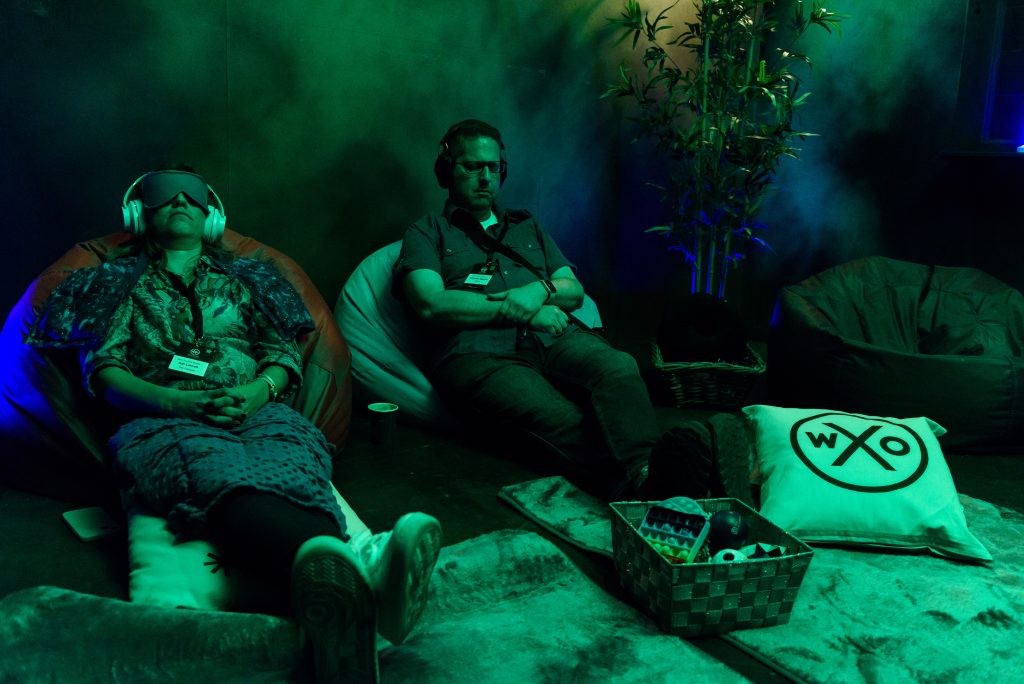
What may be one person’s glimmer can be another person’s trigger. When we share glimmers, we can be curious about how it lands for someone else – and also be aware of how what we perceive as a cue of safety, others might take as a cue of danger. Take alcohol, for example – people rely heavily on it in social events to give a sense of belonging, connection, and safety, but it can also disconnect people and make them feel unsafe.
Trying to offer something that works for every nervous system is really hard to achieve, so you need to offer lots of choice. Otherwise, if someone feels like they don’t fit in, they may go into survival mode. Think of all the ways a nervous system might feel welcomed or not, for example through music, kinds of food, colours, smell. Nature is a powerful cue, and a single bloom in an office space can enhance productivity – but also be careful, as although lavender is shown to be regulating for many people, for others it’s not.
Ask how you might make a person not feel unwelcome. Sometimes this might be a statement, other times it might be proactively planning. Google Xi and Helen Moon’s work on neuroinclusion in event design offers some clues about how different people might perceive an environment, and how to design so that people feel welcome.
Storycraft Lab have attempted to map different paths to belonging; somatic practitioner Marissa Nielsen-Pincus’s work looks at how we might use embodied experience to move closer to our audiences; and Wake The Tiger’s work on accessibility and inclusion is a live case study in designing for different people.
The WXO Take-Out
So much work on behavioural science and product design focuses on triggers and how to resist them – see Nir Eyal’s work on the Hooked model and “indistractable” practice. Dana’s thinking on polyvagal theory underlines the importance of instead looking and designing for moments of safety, belonging and connection to move us towards individual and collective states of wellbeing.
While the perception of triggers and glimmers is highly personal and therefore difficult to design for at scale, just being aware of common triggers and glimmers can help us to create environments and experiences where more people feel that they belong. This is supported by the work on inclusive design being undertaken by many members of the experience design community – something the WXO is looking to extend with the imminent launch of our Accessibility Taskforce.
So next time you’re designing an experience, ask yourself:
- If micro-moments, and not extended periods of safety and connection, are fundamental to becoming a more regulated human, how does that change your thoughts or behaviours?
- What triggers might be in your experience that you’re currently unaware of?
- How might you design more glimmers into your experience – and make it as inclusive of different nervous systems as possible?
Want to come to live Campfires and join fellow expert experience creators from 39+ different countries as we lead the Experience Revolution forward? Find out how to join us here.

